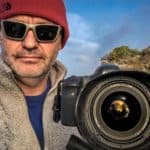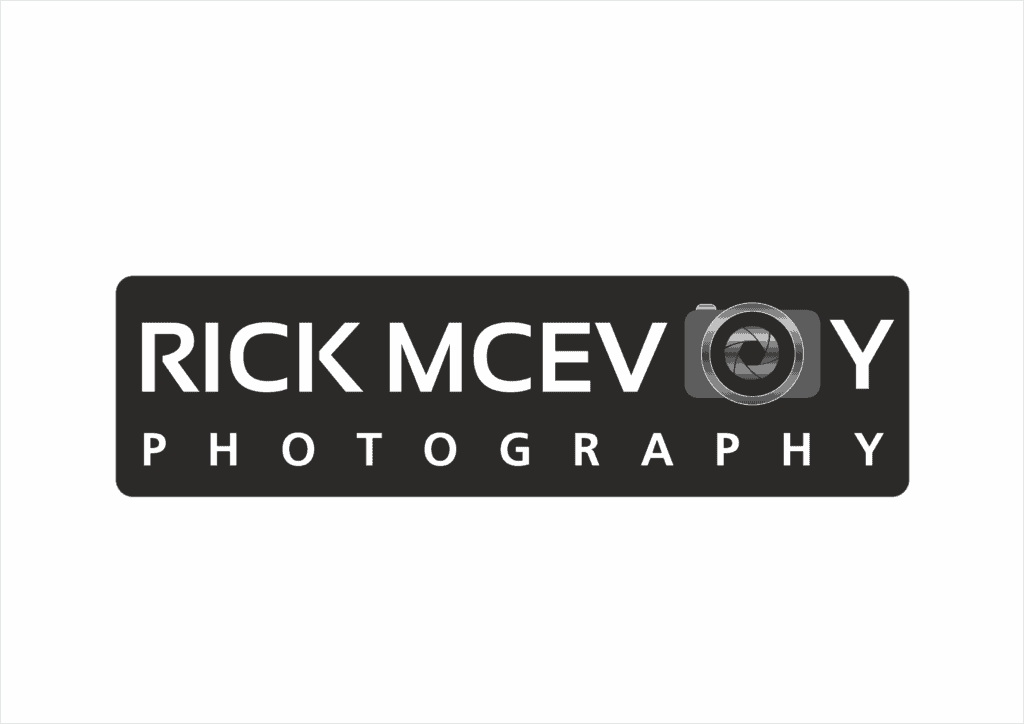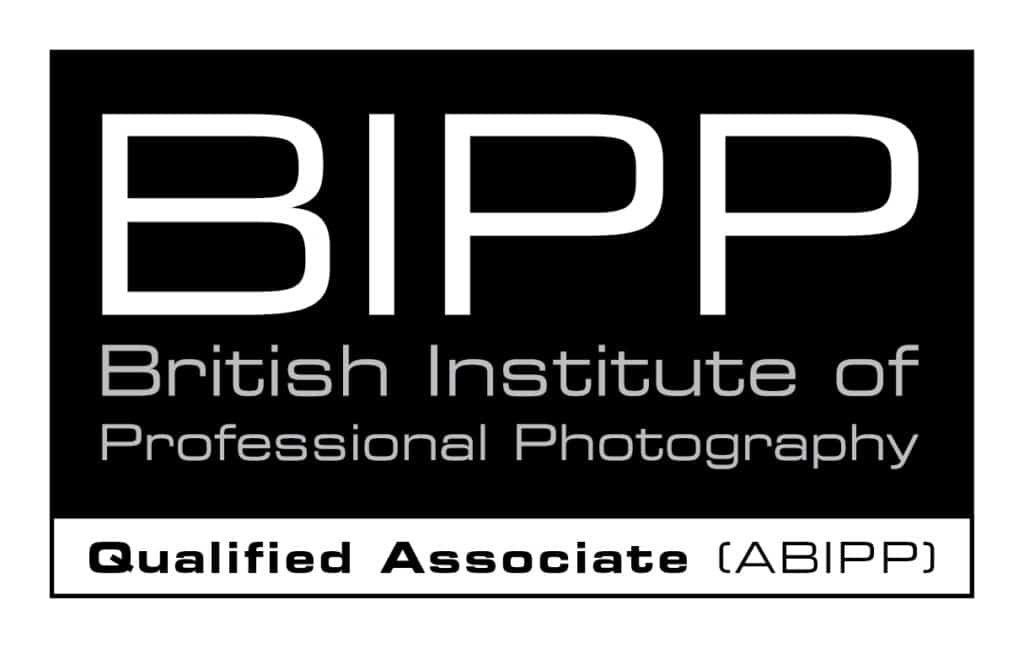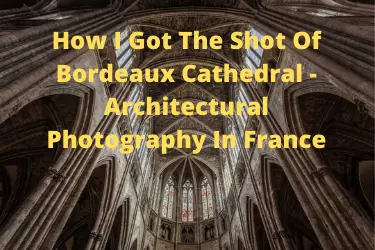Having written about how I plan, take, and process architectural photos I wanted to go into more detail and write about some architectural photos that I have taken.
I got this shot of the interior of Bordeaux Cathedral by first waiting until the crowds had subsided a little. I had pre-set the ISO to 1000, AV Mode, F8, and exposure compensation to -2. I pre-focussed about a third into the composition, and then taking a long breath held my camera high and pointed it up towards the back of the cathedral, guessing the composition using the small LCD screen on the Canon 6D, and took the photo.
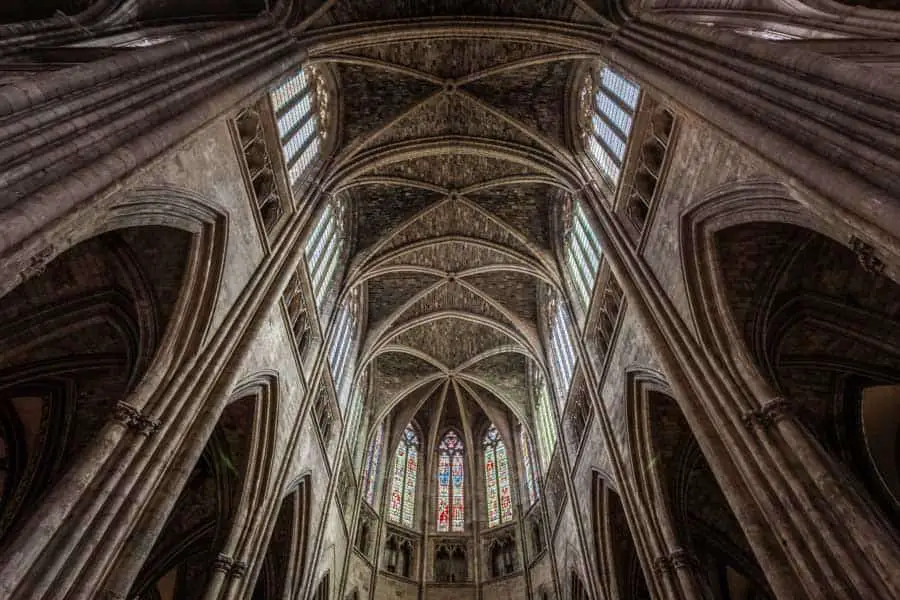
Yes this is exactly how I took this photo – want to know more? That’s great, let me tell you all about this photo.
Where is Bordeaux?
In France. Europe. Here it is on a map. Where the nuber 134 is. That is how many photos I took there.
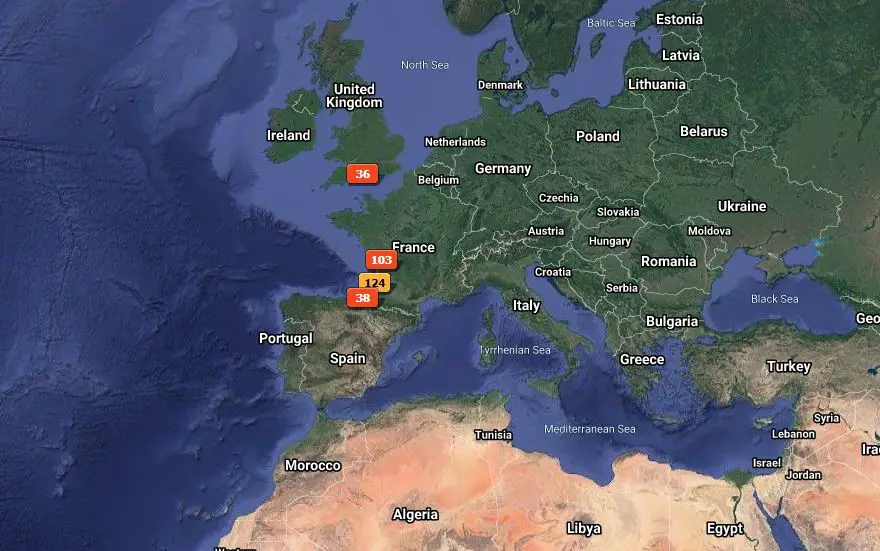
And here is the location of the cathedral.
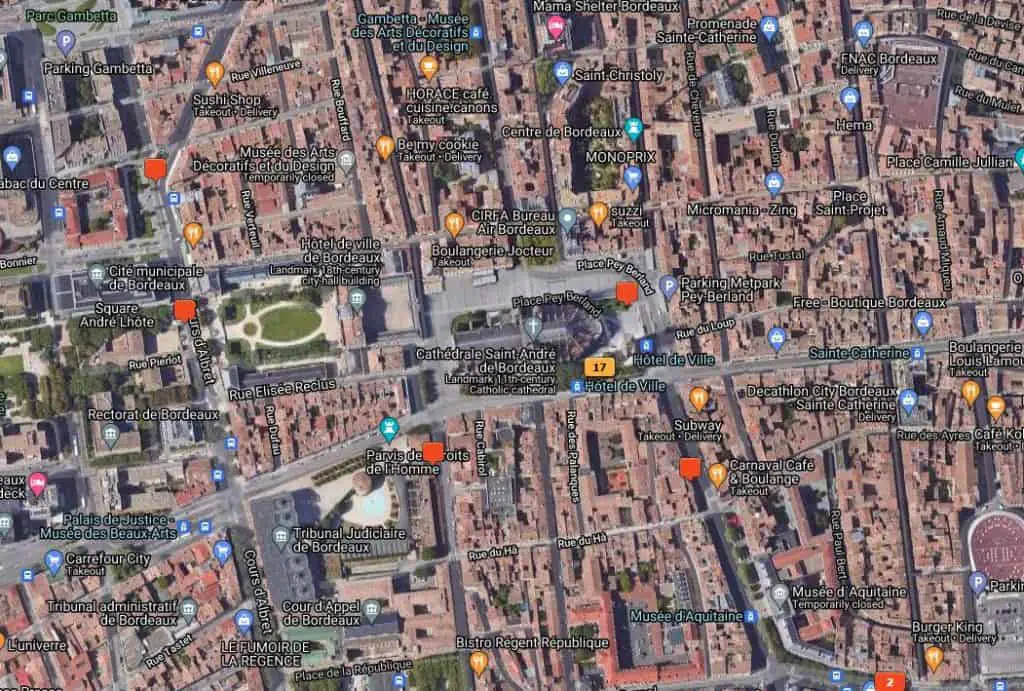
And yes this is the Map Module in Lightroom, which I love. It feels like this is very much a neglected, little mentioned feature.
I use this module all the time when, and it helps me so much when I am writing about old photos taken on my travels – thankfully, my old faithful Canon 6D has a built-in GPS.
How old is the Cathedral?
It was built between the 12th and 14th centuries. Wow, that is (of course) such a long time ago.
And here it still is all these hundreds of years later, in all its glory.
This is part of why I love this stuff. I am exploring history and the miracles of design and construction from years and years ago. Think about it – there were no computers when this building was designed!
Where can I find out more about the Cathedral?
Well the Cathedrals’ full name is “Cathédrale Saint-André”. You can find out more at the Bordeaux Tourism website.
What was I doing there?
We were travelling back home from south coast of France. We stopped for a couple of nights in Bordeaux to explore the city, and for me to explore the insides of the Cathedral (Mrs M was sat in this sunshine whilst I was taking photos).
Yes this is what we do on holiday – Mrs M sits in the sunshine and I go into old buildings and take photos.
Well why not?
When was this?
2015. And there is a point to that that I will make in the next post about the processing. All those years ago and I have all the info I need to hand. Quite remarkable when you think about it, even we take such things for granted these days.
What time of day did I take the photo?
14:27. The wonder of metadata. You never need to write this stuff down anymore – it is all there in the metadata for us all which I still find very impressive.
Before all this clever stuff I used to write down notes in a notebook about the time, location, camera settings, all sorts of stuff.
Now I just check in Lightroom – it is al there.
Where was Mrs M?
Sat outside in the sunshine reading her Kindle. She loves doing that, and does not want to have my obsession with taking photos of cathedrals and other such stuff interfering with her relaxing.
Was it empty?
This is the other point that I want to make. It looks like it was empty but it was actually completely rammed, as it was in the middle of August, the French National Holidays. I couldn’t have picked a busier time to be honest.
You know that post I wrote about how I plan architectural shoots – this is the one Step By Step Guide To How I Prepare For An Architectural Photography Shoot. Well this could have also been titled “turning up to photograph Bordeaux Cathedral – how I winged it and got the shot!”
I quite like that title!
But I had my magic trip to make all those people disappear! Which is just as well as this was the worst planning job ever! (shame on me).
What was I after?
I wanted to capture and convey the magnificence of this wonderful, magnificent Romanesque/ Gothic landmark. I feel that I have a responsibility to convey the grandness to those not as fortunate as me to visit and photograph it.
I treat all these visits as once in a lifetime opportunities, as I never know if and when I will return to a place.
This is what I love to do. I photograph buildings, not people (other than me and MRs M that is).
What gear did I use?
Canon 6D, Canon 17-40mm lens using my go to 17mm focal length. I probably had a load of other gear with me but didn’t use any of it (this is not unusual).
I used 17mm as this is the widest focal length that I have, which allowed me to capture the massive structure and get as much in as possible. It was in part the enormity and scale that I wanted to capture after all.
What camera settings did I use?
Here we go – this is the good stuff that I know people want to know.
ISO1000
It was quite dark in there and I was shooting hand-held – well it was packed with tourists so using a tripod was not an option. I know that at ISO1000 I am not going to get problem with noise in the shadows on the (still) excellent Canon 6D.
Had I been using a tripod I would have used ISO100.
This is the point of the exposure triangle, and why it is important to learn it. Talking of which check out my Photography Explained Podcast and you will hear my explanation of the exposure triangle, as well as ISO and the other components.
Aperture
F8 is my go to aperture. I had the problem of being handheld, and it being quite dark in there, and I needed to get the detail in the shadows.
And the way I had to take the photo I needed a reasonably fast shutter speed.
F8 provides plenty of depth of field, especially in this composition which does not have prominent foreground features. And is the sweet spot on this lens.
AV Mode
I use AV Mode for my architectural photography work. I set the ISO and the aperture, and the camera sets the shutter speed. As I said earlier I had to push the ISO to 1000 to get a fast enough shutter speed – more on that next.
Shutter speed
AV Mode, F8, ISO1000 gave me 1/80th second. Had I gone with F16 the shutter speed would have been more like 1/20th second, which is getting into blurry photo time.
1/80th second handheld is normally fine.
The minimum handheld shutter speed is the reciprocal of the focal length. What does that mean?
Simple.
If you are using a 200mm lens the slowest shutter speed (taking photos handheld) should be 1/200th second.
So I am taking a photo at 17mm so I should be fine at 1/20th second right?
Wrong – below 1/60th second there is a risk of camera shake, so 1/80th second was just fine.
Focus
Well I use autofocus – why would I ever not? And I pre-focussed on the benches about halfway into the scene to make sure the walls either side were in focus as well as the back wall.
I do this using back button focus – one for another time but basically I focus first and then when I press the shutter release it takes the exposure and does not change the focus.
Composition
I took the photo as far back as I could before other things started to impinge on the edges. When you are taking a photo is it important to look at the edges and see if something is creeping in that detracts or distracts.
Composition is not only about what you include in a shot, it is also about what you do not include.
I wanted to capture the magnificent stained glass windows and the wonderful vaulted ceiling, all supported by the magnificent stone columns and arched structures.
How did I actually get the shot?
This is the magic bit. OK it’s not magic, but it is a dead handy tip. This is what I did.
- Made sure the settings were ok.
- Held my camera up above my head.
- Focussed.
- Got the composition about right looking at the (rubbish) LCD screen.
- Hit the shutter release button, which started the 2 second self-timer.
- And then braced myself until the photo was taken.
What do I like about the image?
It has achieved what I wanted it to. It has captured the glory of the magnificence and I am really happy with the image
I really do love the way that this image works.
Imposter syndrome.
It looks like a photo taken by a real photographer. Yes I still think like this! I still suffer from imposter syndrome.
What do I not like about the image?
The lights. I do not like the lights. So let’s get rid of them?
How did I process the shot?
Now that is one for the next post. I will go into the numbers and explain how I created this photo of the stunning interior of Bordeaux Cathedral using Lightroom and a bit of Photoshop removal magic.
And I will get rid of the lights and see what that does to the image.
Ok I am done here – but before I go some related reading that you might find interesting?
Check out these pages on my website.
There are a couple of pages that have links to lots of architectural and construction photography stuff.
And My Photography Explained Podcast
Yes I have my own podcast, the Photography Explained Podcast, where I explain one photographic thing in plain English in less than 10 minutes without the irrelevant detail.
Check it out – it really is rather good if I do say so myself!
And the video of this blog post
Yes I have created a video too which you can view on my You Tube channel at your leisure – sit back and let me talk you though all of this good stuff.
OK now I am done
Thanks for reading this post and I will catch you on the next post. Which is this – How Did I Create This Photo Of The Stunning Interior Of Bordeaux Cathedral In Lightroom?
Yes I continue the story of an image that I genuinely love.
Any questions get in touch via my website. It would be great to hear from you.
Cheers from me Rick
